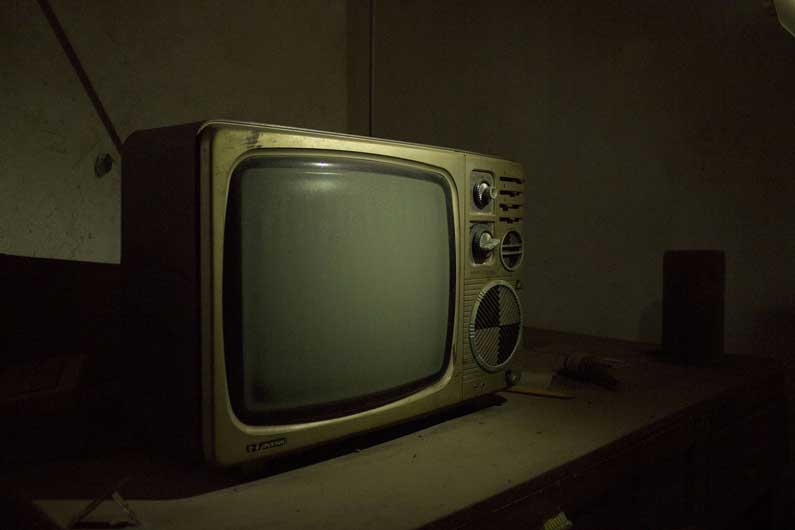Supercharge Your Writing Watching TV
How You Can Learn from TV DirectorsAre you struggling with writing a scene or a chapter in your next book? If so, maybe you just need a small inspirational boost–maybe you just need to watch some TV. Yup, you heard me right . . . you can watch TV to help your book evolve into a more polished product.
If you can think of a more entertaining way to improve you writing, please let me know. If not, hang in there–I’ll break down how you can learn from the creative minds of your most favorite TV series.

1. Write Your Script
Like any TV episode, your novel is composed of a series of scenes. Each scene needs to capture the interest of the viewer/reader–compelling them to read chapter to chapter. To do that, it is helpful to first consider the opening shot of the scene you’re addressing.
That opening shot should define what the scene is about. But, beyond that, each scene should have a complication or some kind of twist to help lure the reader in. Once you have them on the hook, reel the reader in with some kind of revelation that informs the reader about the plot or characters.
2. Wide Angle or Macro Lens
Ok, so your actors have their scripts, lines memorized, and they’re on time to commence shooting. Now, as director, you need the right equipment for the right job. Do you want to choose a wide angle lens or close in for a tight shot?
Writers must make the same decisions. Do you want to tell the story in first or third person? Maybe something else like omniscent? Either way, this is a critical decision, as the rest of the story will revolve around it. What you should be asking yourself is–what’s going to be the best “lens” by which to tell the story.
3. Camera Angle
Now that we’ve determined if we want to shoot with a wide or narrow angle lens, the next critical thing to consider is where to place those cameras. As a writer, you have to do the same thing.
What do you want to reader to know about? What things do you want to keep hidden?
To build suspense to any story we need to answer these two questions. Then, throughout the novel, you can adjust the placement of those cameras–changing what the reader knows or think they know about the characters or plot.
4. Special Effects
Once filming is completed, it’s time to add the special effects. This is the fun part! A great story outline and good preparation deciding what “lens” your going to tell your story through will get you only so far. What is it in a story that makes it come alive?
The special effects of any good book are represented by the 5 senses that we all use to know the world around us. You don’t have to bombard the reader with a descriptive tidal wave all at once. Nobody likes a case of sensory overload. Instead throw in a pinch of descriptive wonder here and there.
What do things look, taste, smell, sound, and feel like? Don’t forget to breath life into your story by strategically adding these 5 special effects to your story when the time is right–when it helps to propel the story.
To learn more ideas to help inspire your writing, check out my Top 10 Ways to Find Inspiration.
A Part Of The
Back on Track Tuesday
Series
